![]()
It’s not often the victim of a murder can revisit the place of his (or her) death with the police and go through step-by-step what happened to them, but this next story is not a run of the mill murder case, as all we be revealed.
Today’s story takes us back to March 1934, Sunday the 18th of March to be precise, and to a small village hidden within the boundaries of the Ribble Valley, Lancashire – Bashall Eaves.
On a wet and windy evening, James Dawson, a local farmer to the area, visited his local pub The Edisford Inn (now known as The Edisford Bridge) at around 7.15pm and after spending sometime there, drinking and laughing with some of his friends, he left and made his way home at around 9.00pm.
With his head bowed down and facing into the blistering wind and rain, James made his way towards Back Lane, an unlit narrow road that is just under a mile away from the The Edisford Inn and it would take him around 15 to 20 minutes to get there.
Upon approaching the lane, the headlights of two cars came towards him, revealing the shadowy figure of a man standing close by to a gate on the left hand side of the road, opposite of the lane.
As the first car passed him, James noticed that four people were inside and one of the occupants was Tommy Kenyon, a farm hand that worked with James. He was sat in the backseat of the car but James couldn’t make out who the three other passengers where.
As the second car passed him, James noticed that the shadowy figure that was stood alongside the gate had now seemingly vanished.
Making his way into Back Lane, James began walking into the darkness but had barely walked thirty yards when suddenly, out of nowhere he heard what he described to be a ‘clicking’ sound and then he felt a sudden stinging pain towards the back of his left shoulder.
Whether or not it had been the alcohol that he had consumed during the evening that had taken the edge out of the inevitable stinging sensation is open to interpretation, but at the time James reportedly said to an investigating officer that he just thought someone was having a lark and he thought it was nothing more than a stone that was thrown at him.
Making his way home to Bashall Farm Hall, it was reported that James arrived back at around 9.20pm (but this is open to debate as with todays technology, Google maps shows its a 1.3m walk which would normally take around 26 minutes to complete on foot).
Back at home, he sat down, and tucked into a roast pork supper that his sister Polly Pickles had prepared for him much earlier.
At 9.40pm, James had had enough for the evening and made his way up to his bed but after a few hours he was experiencing some pain and stiffness in his left arm. It was when he went to take a look he noticed blood was trickling down from a wound from his back. Not wanting to disturb the rest of the household, he kept quiet until the following morning.
The next day, and at around 8am, he informed his sister Lily Lee of the pain he was in and upon looking, she was horrified to see a considerable amount of blood and what looked like a gun shot on his back. Dr Cooper from Clitheroe was called for and he came to see James. After examining the wound he carefully dressed it before ordering James to get to an hospital to have the wound x-rayed.
James was at first reluctant, but in the end he was persuaded to do as the doctor suggested. He went with Lily to see a private radiologist in Preston New Road, Blackburn.
The x-rays showed that a small ‘egg’ shaped bullet was lodged in James’ body, just near to his upper left shoulder blade. Urging him to have the object removed, James refused as being a World War One veteran he had known many soldiers who walked around with bullets still in their bodies and as the bullet was nowhere near any vital organs, he signed himself out of hospital and went back home.
After a lot of persuasion from family members, James went back to Blackburn the following morning, on Tuesday 20th March, to have the object removed. It was found to been cut out of a steel rod and which seemed to have been handmade.
Upto this point, James had been reluctant to involve the police as, being a quiet and reserved character, he didn’t want any more fussing over the matter. However, and after much persuasion from family members, he finally gave in to which the police where finally allowed to begin looking into the shooting.
Back at home, and over the course of the next two days, James somehow still had the strength to show the police the site of where he was shot, but James’ health took a turn for the worse and he was moved to a nursing home in Blackburn.
Sadly, on the 22nd March 1934 – James passed away. The cause of his death being recorded as infection from septicemia and gangrene.
This had now become a murder investigation.
The resulting police investigation found that many local residents of Bashall Eaves where interviewed and yet no evidence or trace of the weapon that could have been used to fire the bullet was ever found. The residents were also reluctant to speak about the incident which led to more frustrations for the police.
Lancashire Constabulary’s senior detective, Chief Superintendent Wilf Blacker himself felt that as soon as he began the investigation he was met with a wall of silence by the residents of Bashall Eaves but he was certain that someone knew exactly who the killer was.
Officers spent the early hours of Friday, March the 23rd interviewing the locals as well as searching hedgerows, out-houses, fields and rivers for any sign of the weapon used in James’ murder. And by 3am they had interviewed a man at a lodging house in Clitheroe who was later taken away by Superintendent Elliot and another detective for further questioning at Clitheroe police station.
By 6am, around half a dozen officers where scouring the land between Waddington and Bashall Eaves searching for clues, but unfortunately it was all to no avail.
Police Constable Sheldon from the West Riding Constabulary said that James was a quiet, inoffensive, sober man with not a single enemy as far as he knew.
During the resulting coroner summoning up, Sheldon admitted that the people who lived locally liked to play what he called ‘full blooded jokes’ with the coroner asking, “Do people in this district go in for what may be called full bloodied jokes?” to which Sheldon replied, “Yes.”
The coroner then went on to assume that a catapult may well have been used as the murder weapon by a youth who may have just been having a joke just to make him (James) jump, asking, “Assuming a youth was standing in the gateway with a catapult and he saw Mr Dawson go by, do you think it might be an idea of a joke to have a shot at him to see him jump?” to which Sheldon replied, “It might well be.”
Several experiments had also been made during the lead up to the coroner summary. For example, Superintendent Elliott from the West Riding of Yorkshire Constabulary said that he had made a similar bullet to the one used in James’ murder in just five minutes and that if a rifle had been used then it would have blown James’ shoulder off and if it had been fired using a shotgun, the bullet would have gone through him.
Another theory was that an air cane may have been used but no such weapon had been traced within the neighborhood despite the police requiring ever household to hand in their guns. The police also carried out extensive searches around the covering areas, looking in fields, under bushes, barns, sheds in hope of finding the weapon.
Therefore the only reasonable conclusion was that indeed, a catapult was used and Superintendent Elliott agreed saying that experiments showed that it could cause a similar wound to that received by James.
But that changed when Robert Churchill, the country’s leading forensic ballistic expert was called to help with the investigation and he concluded that a poachers arms air cane that fired a single shot was the weapon used in this case.
This kind of weapon was a walking stick/cane with a firearm built into it and was a common accessory for wealthy Victorian gentleman and also the criminal underworld.
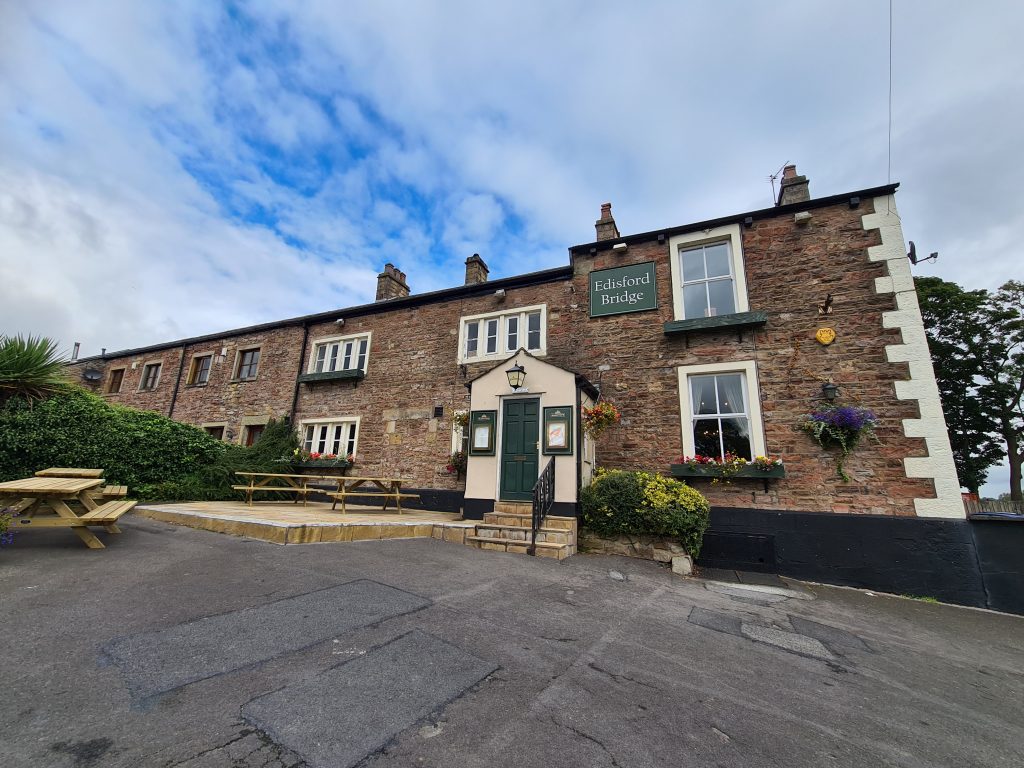
Edisford Bridge 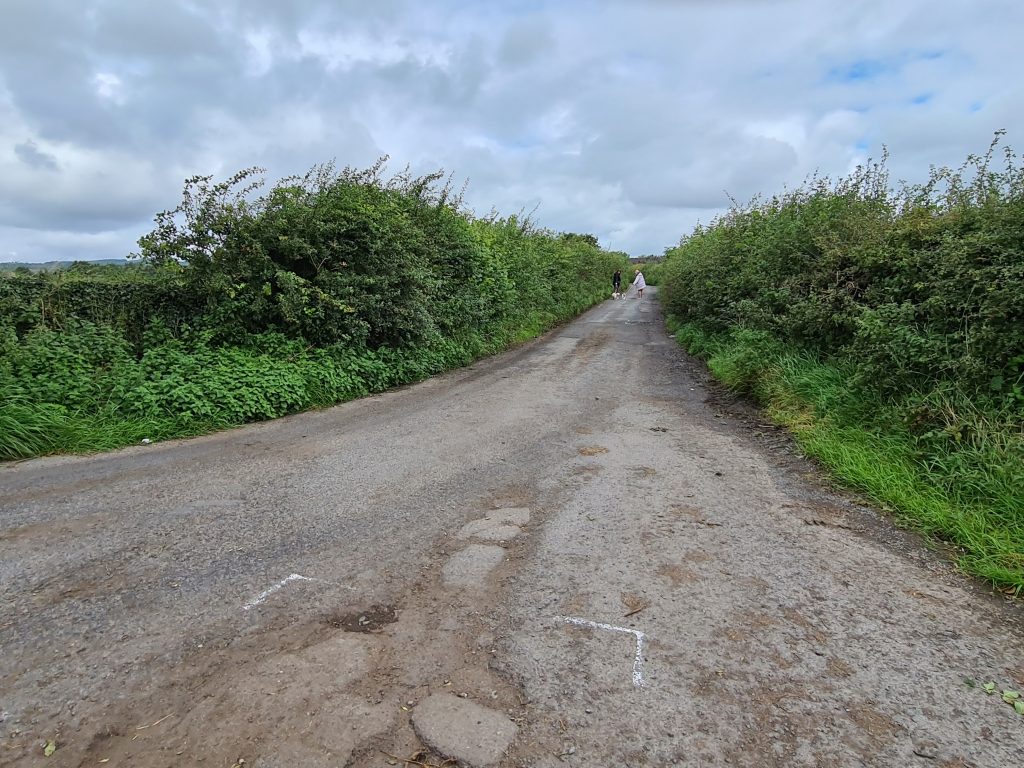
Back Lane 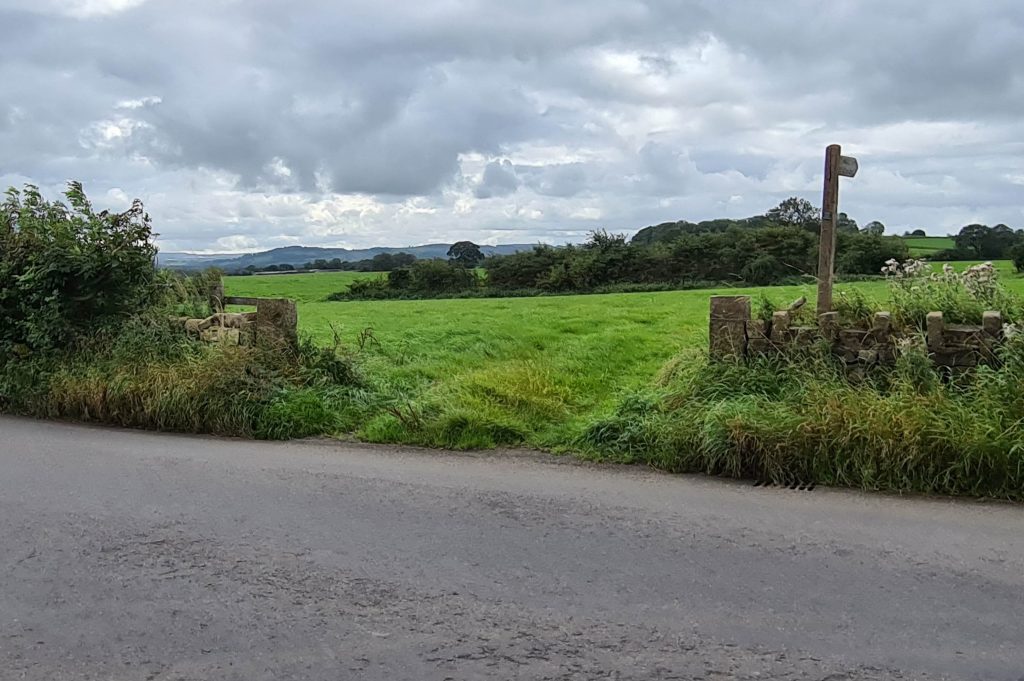
Gateway where stranger stood
So what about theories as to what happened that night?
Well, one theory is that James may have caught glimpse of his attacker on the night he was shot and that it may have been a young lad just trying to have some fun at his expense and that he was never intended to be hurt as badly as he was. This being the case he didn’t want the boy to be arrested and charged so kept quiet saying he couldn’t see clearly as to who the shadowy figure was.
Another theory claims that James’ was targeted as he was seeing several women within the village and this may have caused some unrest but no real, tangible proof of any cavorting or womanizing could ever be found. Nancy Simpson has herself admitted that James was seeing a married woman from Salford so perhaps there could be something in this? Perhaps it was a jealous husband who came looking for James to warn him off his wife?
But the more plausible of all theories was that the bullet wasn’t meant for James’ but his friend, Tommy Kenyon – the same man who James saw in the first car on the night of the shooting.
Tommy himself even admitted after James’ death that he felt the bullet was meant for him as he had had a fight with Nancy’s father, also called Tommy, a few days prior to the shooting as her father thought that Tommy Kenyon had put Nancy into ‘the family way’ as he called it. Basically, he thought Tommy Kenyon had made his daughter, Nancy, pregnant. Indeed, Nancy was pregnant and would go on to give birth to a boy she named Jamie, but the father of the baby was a man called Arthur who resided in nearby Mitton.
Now if we are to dig a little deeper into the relationship between Kenyon and Simpson, an interesting documentary was aired on TV back in 1979, called Once Upon a Lifetime, and one episode in particular called The Village that Wouldn’t Talk, focused on the murder of James Dawson. During the interview by Barry Shaw who spoke with Tommy Kenyon about his relationship with Tommy Simpson at the time of James death, Kenyon admits to having a fight with Simpson long before James Dawson was shot. How long before is open to interpretation but what makes this admission interesting is that Simpson himself told police, as was reported in several newspapers at the time, he had been attacked and struck on the head with a stick outside of Bashall Hall Farm around 12 months prior to James Dawson being shot and that his assailant fled into the dark before he could make out who it was.
Kenyon, himself, admits during the interview that at one point he had carried a stick with him for protection and was indeed involved in a scuffle with Simpson at around 11pm one evening some time before Dawson’s death.
So, here we have two men who both seemingly hated each other for one reason or another, and over the course of time leading up to the death of James Dawson, both men would often be involved in fights, again, as admitted by Tommy Kenyon.
You do have to ask yourself then; was Tommy Simpson the man who shot James Dawson on that fateful evening, mistaking him for Tommy Kenyon? After all, both Tommy Kenyon and James Dawson liked to visit the Edisford Inn together and Simpson would surely have known they both frequented the same Inn at the same time on regular occasions. But on this night in particular, Kenyon had travelled to the Red Pump Inn leaving James spending the evening with other friends at the Edisford.
But that’s not where Simpson’s possible involvement ends.
During the police investigation into James Dawson’s murder, a dog owned by James was found on Simpsons land and it was obvious it had been shot. However, whatever was used to shoot the dog – the bullet or a man-made projectile like the one used to shoot James, hadnt fully gone through the dog but when the dog was sent for further examinations, the ‘projectile’ could not be found as it had already been removed, presumably by the person who shot the dog in the first case. You have to ask yourself, was the dog used as target practice by the same person who went on to shoot James?
Going back to the TV documentary, and another revealing piece of information that could perhaps turn this case upside down was a piece of information Tommy Kenyon had never told anyone else in all the years since James’ death, and this involves a man called Henry Blesant (?), nephew of Tommy Simpson who was asked by Simpson to take a ‘sack’ or ‘bag’ and to dispose of it. Henry lived in Whalley Nab with his mother and worked for Simpson on his farm.
When asked what was in the bag, Kenyon admits to never asking Henry what was inside, but he had a good idea.
Again, it seems evidence is now starting to point to Simpson as being the man who shot James but I guess it’s all circumstantial and we will probably never know who the killer was. But just to throw more fuel onto the fire, ten days after James’ death – Tommy Simpson was found hanging after committing suicide inside one of the barns on his farm.
Now it is well documented that Simpson was having difficulties with contaminated milk that he was producing from his farm and was facing the possibility of being ruined due to a summons being issued. So you could argue, perhaps the stress of losing everything he had may have been too much and it eventually pushed him over the edge, leading to his suicide?
So what of the inquest into the death of James Dawson and where are we today? Well, after a couple of months of delays and despite an extensive search for the murder weapon as well as interviewing hundreds of people, the final verdict on his death was left as an open verdict as the court jury were not satisfied he had been shot in the typical sense of the word and because death was due to septicemia.
James Dawson was buried within the grounds of All Hallows Church, Mitton on Monday, 26th March 1934.
To this day, James Dawsons’ murder is still unsolved – or is it?
I will leave you with the final words of Tommy Kenyon. Read into them what you will and make your own conclusions but no matter what, March the 18th 1934 was truly a day of horror in every sense of the word.
Special acknowledgement to Phillip Shaw : The village that would not talk (documentary)
You can also follow us on Twitter and also over on Instagram.

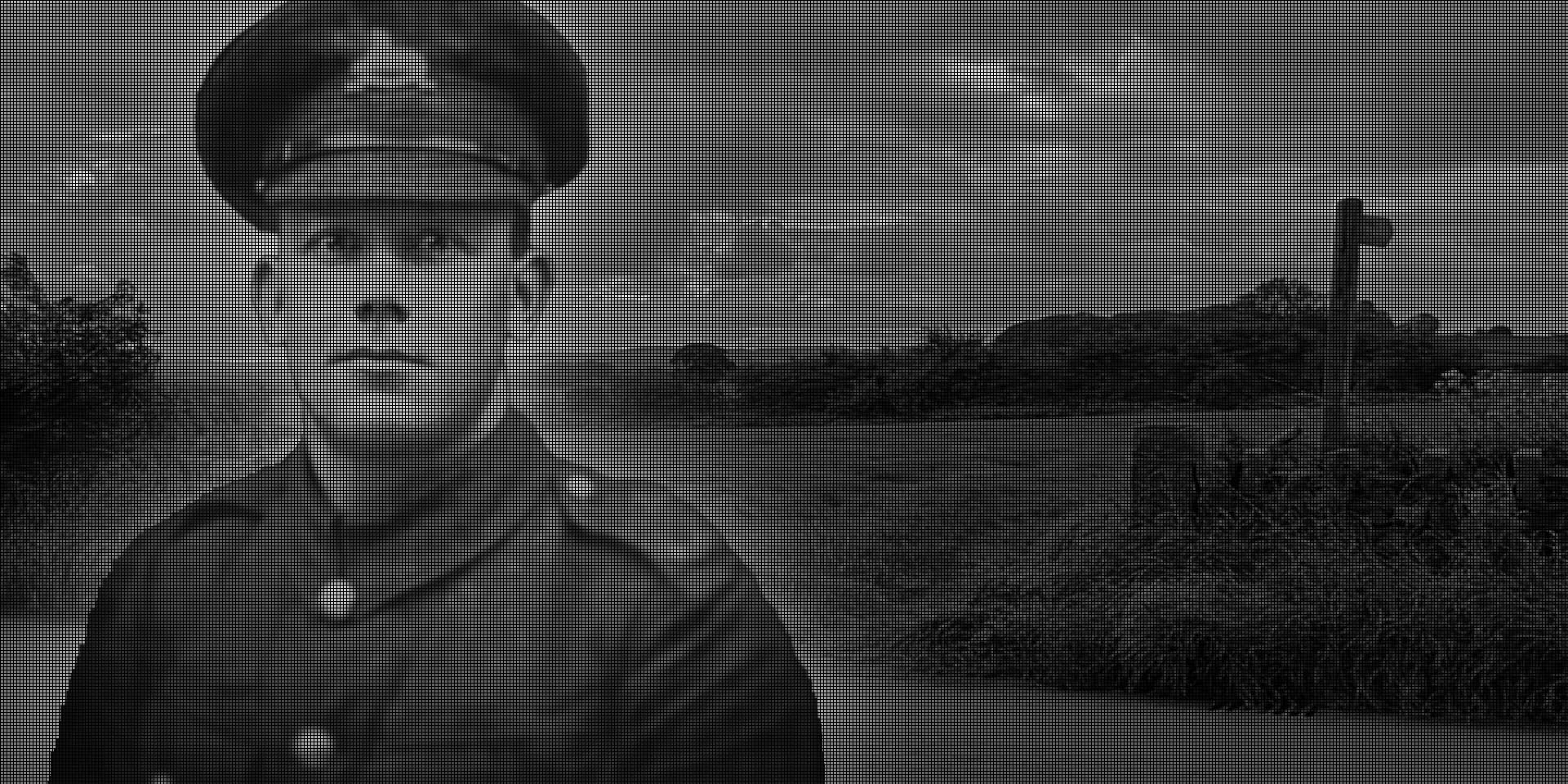
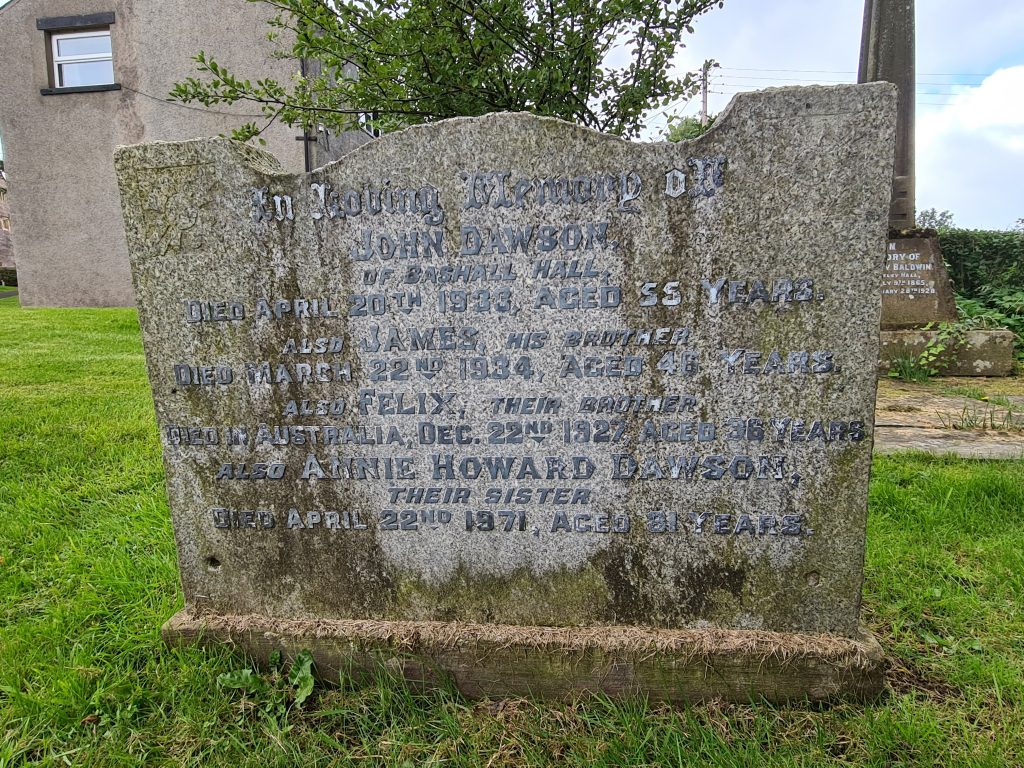
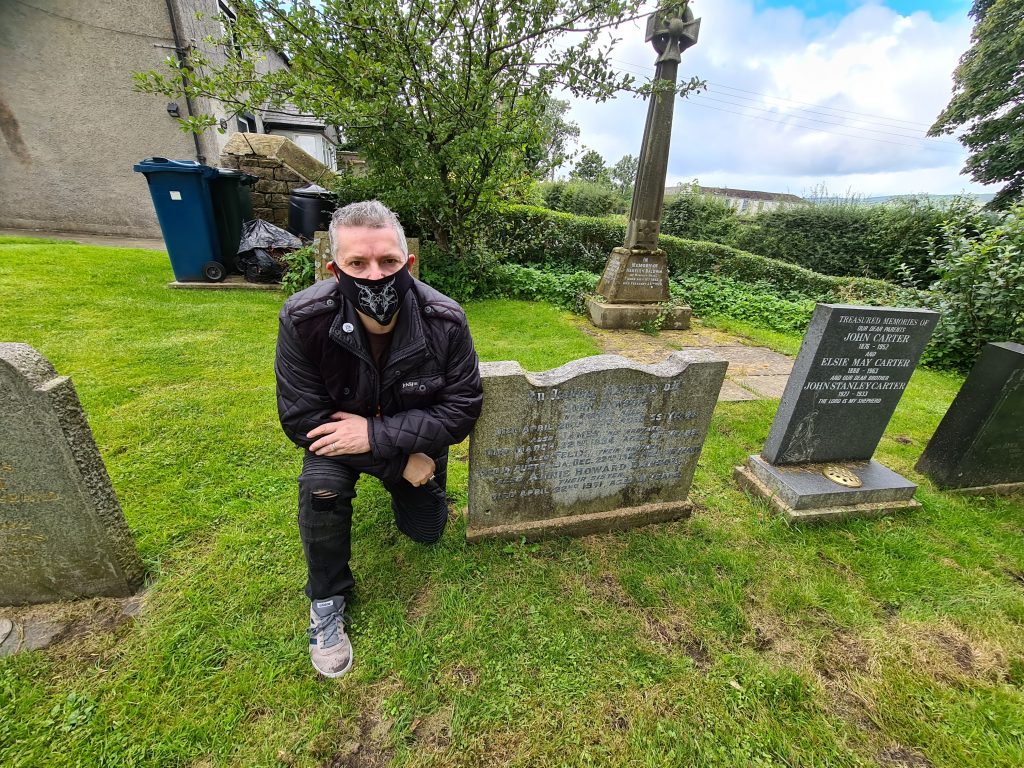
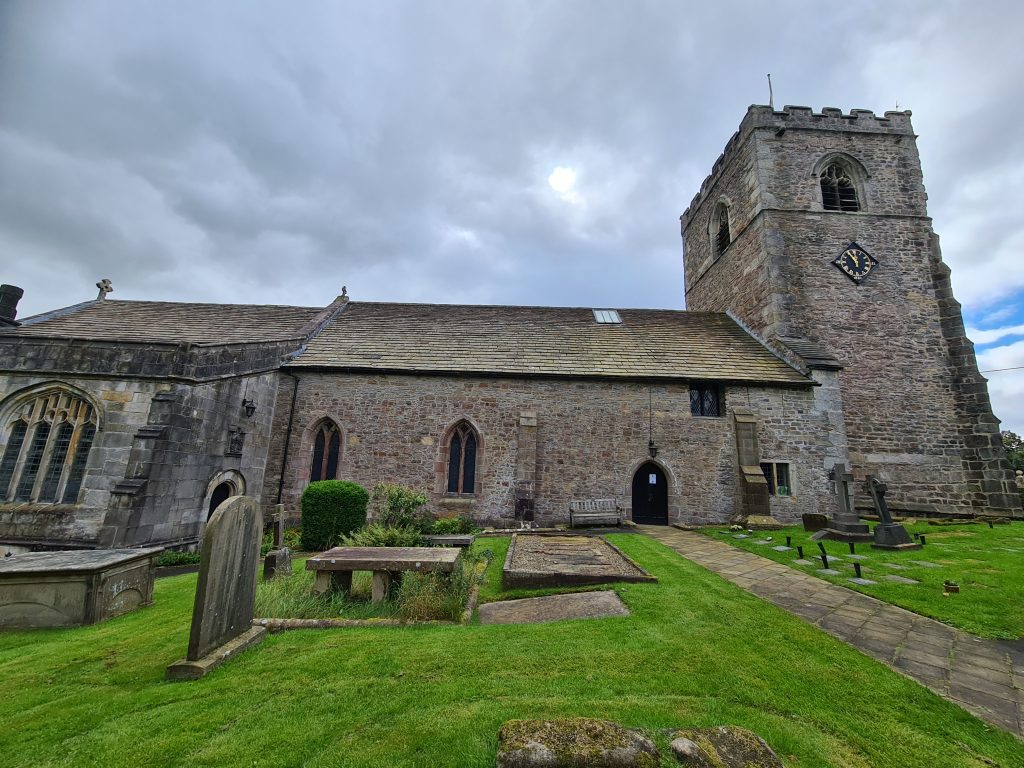
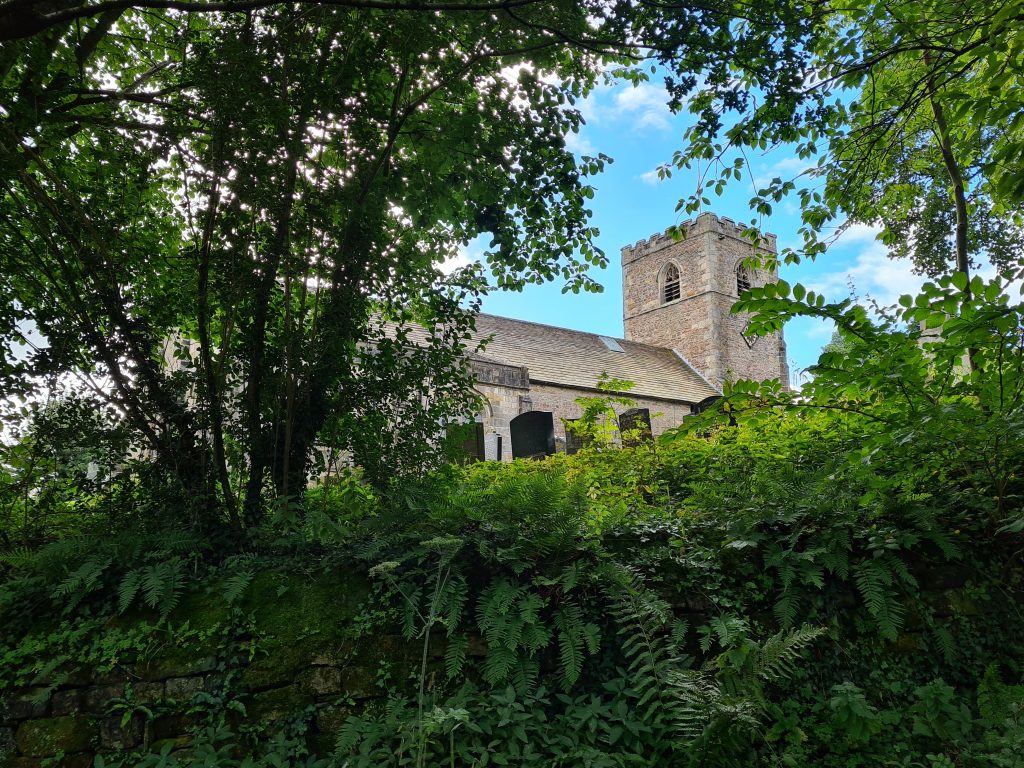
Leave a Reply